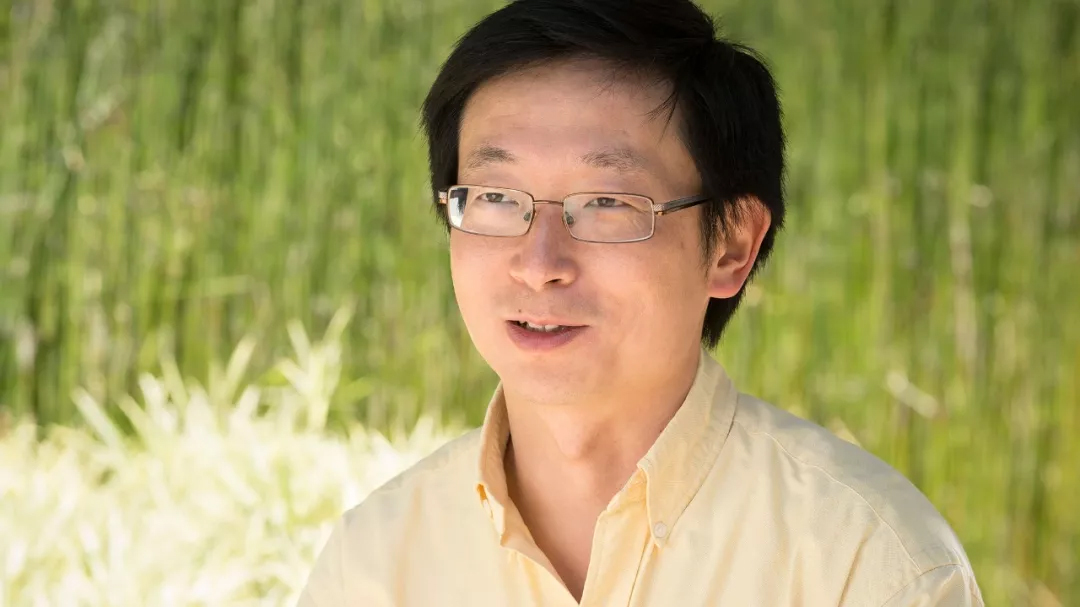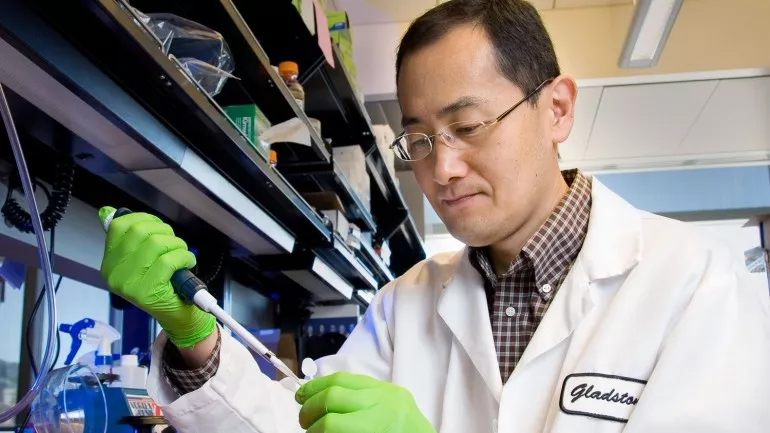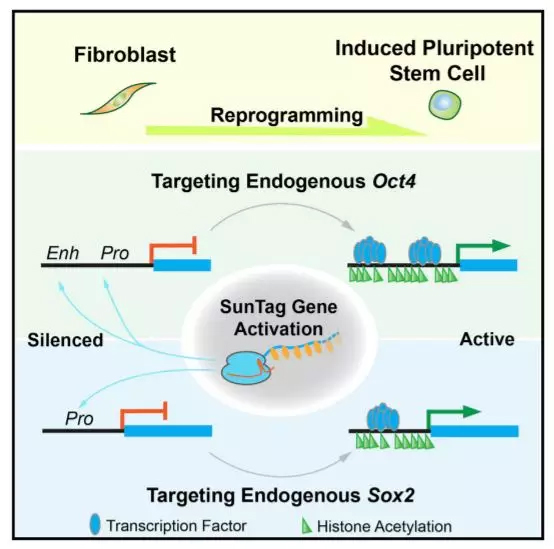Release date: 2018-01-23
The technique of inducing ordinary cells into stem cells has been in existence for more than a decade. Since its inception, stem cell induction technology has made remarkable progress both in basic research and in clinical applications.

Professor Ding Sheng, the principal of the study (Source: Gladstone Institute)
Today, a team of senior researchers at the Gladstone Institute and the first dean of Tsinghua University's School of Pharmacy developed an innovative stem cell induction technology. Using the current hot CRISPR technology, the research team can “activate†specific genes in the cell, transforming the cells into stem cells. This heavyweight study was also published in the Cell Edition, Cell Stem Cell.
When it comes to stem cells, everyone will not be unfamiliar. In humans, pluripotent stem cells have the potential to differentiate into almost any type of cell. Therefore, these stem cells are of great importance to the cell model for the development of new drugs, and are also hopes for the treatment of many "incurable" diseases. The quick and easy access to these stem cells is naturally one of the research priorities of the scientific community.

Professor Yamanaka Yamanaka, the pioneer of induced stem cells (Source: UCSF)
In 2006, Prof. Yamanaka, a senior researcher from the Gladstone Institute, discovered the key to inducing stem cells. By introducing four transcription factors, the key signaling pathways of cells are “turned on†or “turned offâ€, allowing them to return to stem cells. status. Because of this landmark discovery, Professor Yamanaka Yamamoto received the Nobel Prize in Physiology or Medicine in 2012 with Sir John G.D.
On this basis, Professor Ding Sheng and other scholars began to explore ways to induce stem cells without using transcription factors. They have previously found that in the absence of transcription factors, combinations of chemical molecules can also induce stem cells. The study published today is the third method of inducing stem cells.
In this study, scientists first turned their attention to the Sox2 and Oct4 genes. Previous studies have shown that these two genes are expressed only in stem cells and are critical for stem cell pluripotency. Similar to transcription factors, the products of these genes can "turn on" the genes involved in inducing stem cells and "close" the gene pathways that differentiate into other cell types.

The CRISPR system used to activate specific genes in the study (Source: "Cell Stem Cell")
In recent years, CRISPR technology has enabled scientists to find new ways to regulate genes. Professor Ding Sheng's team found that using CRISPR gene regulation technology, we can also activate both Sox2 and Oct4 genes. Even more surprising is that by stimulating a site in the genome (Sox2 or Oct4), a series of reactions can be triggered, eventually turning ordinary cells into stem cells. The Gladstone Institute's news mentions that its impact on the genome is more precise. In contrast, transcription factors target thousands of potential sites in the genome, affecting the expression of each site.

Graphic of the study (Source: "Cell Stem Cell")
“This is a completely new way of inducing pluripotent stem cells, which is fundamentally different from previous technologies,†said Ding Sheng, the head of the study. “At the beginning of this research, we didn’t think it really worked. We just want to try to answer a question and see if we can reprogram the cells by activating only one site in the genome. Now we know that this is feasible!"
Professor Ding Sheng also believes that there are many ways to induce pluripotent stem cells, which is very important for scientific research. If scientists are hitting a wall in one way, there are at least a few other ways to try it. "Our technology can lead to simpler pluripotent stem cell induction technology, and it is also expected to directly induce skin cells into heart cells or brain cells," Professor Ding Sheng said. "In fact, only one site needs to be regulated. We are very surprised to be able to induce the discovery of stem cells. We want to understand the complete biological mechanism behind it."
Source: Academic Jingwei
Eas System ,Eas Rfid,Eas Detection System,Eas Am System
ZHEJIANG BOSHINE ELECTRONIC SECURITY CO.,LTD , https://www.boshine.com